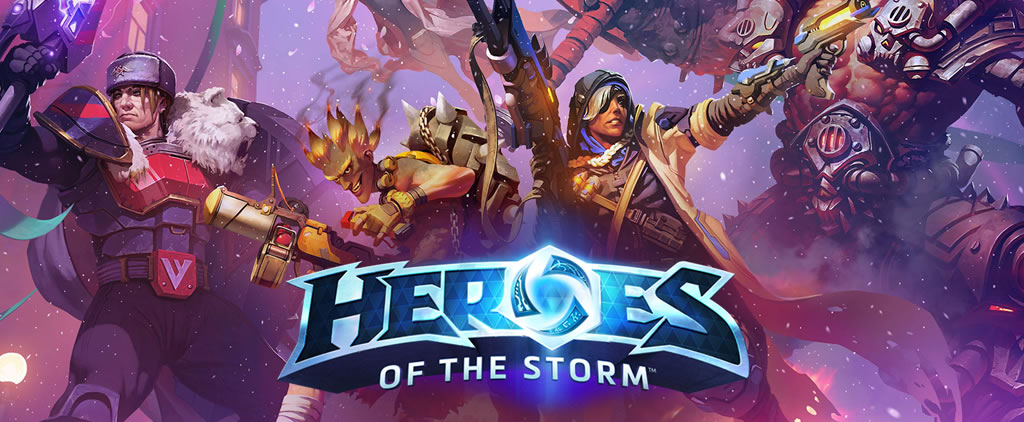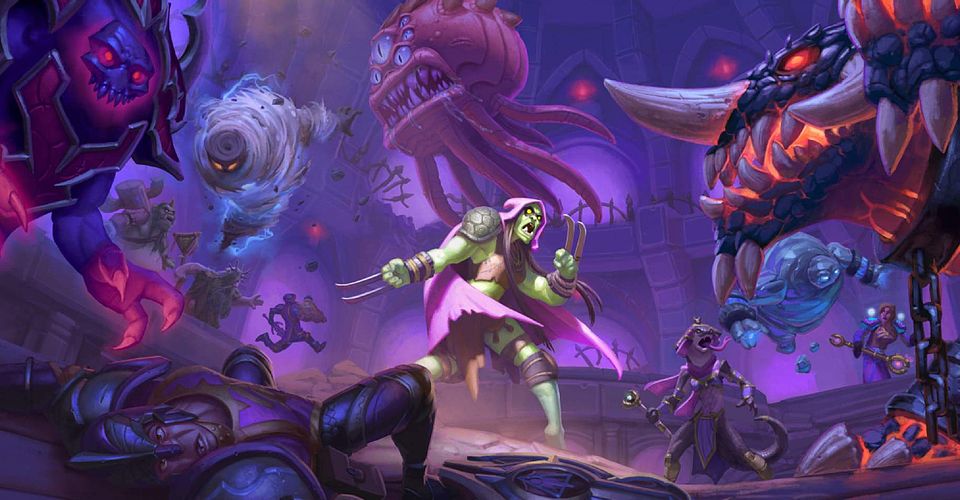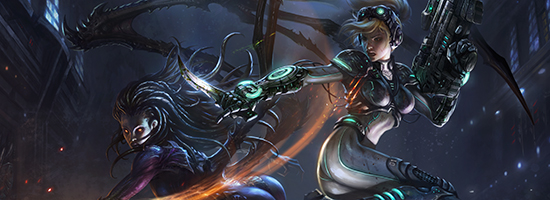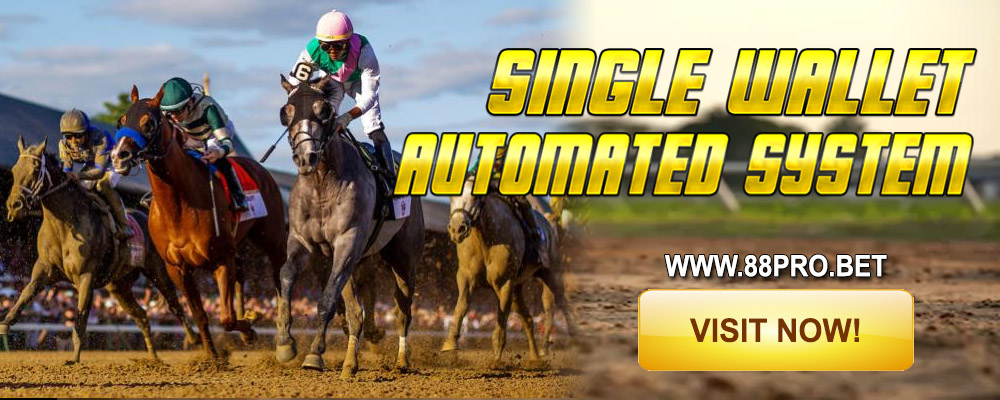Dog racing is often referred to by many as the fastest sport on feet. You can expect an exhilarating rush if you land a winner at 60 km per hour. Although dog racing Singapore may seem simple in theory – eight dogs chase a lure around a circle with a mechanical lure – it can be difficult to find a winner.
When placing a bet in greyhound racing, for example, there are many things to think about. While luck, funny names, omen bets, and considering the Singapore pool race result and dividend can sometimes work, it is far more effective to take the time to read the form and make informed decisions.
Dogs that are racing breeds are those dogs that are bred to be fast. They were bred with specific traits in mind and these traits have ensured their speed in dog racing. Therefore, check out this compiled a list of dog traits taken from all the dog racing breeds of the world – greyhounds, Afghan hounds, German Shepherds, Dalmatians, Salukis, Whippets, and Scottish Deerhounds – to name a few!
These traits make these dogs the fastest in the world and should be your main guide in before placing a wager on dog racing Singapore platforms.
- Intelligence
Dog intelligence, also known as dog cognition, is the ability of dogs to acquire information and concepts, store them in memory, retrieve them, combine and compare them, and then use them in new situations.
Many behaviours that are associated with intelligence have been observed in dogs, according to studies. They possess advanced memory skills and can read and respond to human body language, such as gestures and pointing.
A dog with a high level of intelligence is more alert to commands and is eager to be trained. All dog racing breeds are highly intelligent, but some dog breeds are more intelligent than others.
- Independence
An independent dog is simply an introvert in canine form. This means that they do not require excessive attention from their owners or trainers and can think and act on their own. Furthermore, independent dogs may not be able to bond with anyone they don’t know as a leader. They tend to be more interested in one person than they are about others. They can be quite content by themselves, and they may appear to be aloof.
Although the independence dog trait makes dogs difficult to train, this makes them more focused in races and less likely to be distracted by the competition.
- High Prey Drive
Prey drive refers to an animal’s natural desire to capture and kill another animal in pursuit of food. This is different from aggression which is used to intimidate or threaten.
Prey drive, which is adrenalin-fuelled, offers a chemical reward to the dog. Dogs react on impulse and not using their logical, thinking brains. Therefore, familiarity and old friendships are often lost in the heat of the moment, and this is why dog races work.
It’s simple. A dog with a high prey drive has a higher chance to chase after things. And when they are more likely to chase after things, the faster they can run through a combination of exercise and training. Therefore, racing breeders have specifically bred and trained dogs to chase using their sight.
Racing dog breeds with a high prey drive may find it more stimulating to show their emotions in a racing kennel.
- Stamina
Dogs with a high level of stamina can endure greater amounts of physical exertion and stress, which occurs a lot in races. Even if the dog is fast, if they are unable to complete the race due to exhaustion, it does not matter how fast they are. You should not trust a dog at the race if it isn’t feeling well or has low stamina.
- Running Style
Some dogs prefer to race close to the rails while others like to go further out on the track. The perfect dog will possess both these traits and be able to maneuver under and around other dogs as needed. However, most dogs will only have one of each of these traits. This is an important point to remember when placing a wager. A railer drawn in box 8 will need to start exceptionally well to find the fence and win.
You should also be aware of whether your dog is a front-runner or a back-runner. Some dogs must be able to lead the race to win, while others will not hesitate to push their way through the pack. Your study of stamina and early speed will help you to spot this trait. If a dog is fast and can lead its race but is drawn against a faster field, it will have a difficult time getting everything it wants, especially if the draw is poor.
- Tenacity
It may sound harsh, but some dogs don’t have as much heart as their canine counterparts. A dog might be the fastest, but it will still be dependent on luck if it doesn’t want to be involved in the chase for the prize. There are dogs that will just chase a brick wall to get to the front. You can get a good idea of your dog’s temperament by looking at past replays. Then, place a wise bet. If the dog is not tenacious or boxed poorly, you might consider putting off placing a bet.
- Confidence
More confident dogs will race better when they have high levels of confidence. A dog that has had trouble in the past is more likely to have lower confidence than one that has been running well.
- Agility
Agility refers to the ability to move quickly and efficiently while maintaining control. It requires fast reflexes, coordination, and speed, as well as balance and the correct response to changing situations.
An agile dog is also highly flexible, in good health and physical shape, has strong nerves and focus on its handler. Agile dogs are more dedicated to fulfilling certain tasks within a specified time limit.
- Energetic
Dogs with excessive energy have more energy to expel on their runs. All working dog breeds are energetic, but those specifically bred for races have more energy than others. This results in higher levels of endurance, which enables them to thrive under pressure and excel at performing any given job, making them the usual winners in agility and high-sprint races. Their high level of energy makes them easier to train, as training requires a lot of physical and mental energy.
- Speed
Last but not least, and perhaps the most important trait of all, is a dog’s speed. All dog racing breeds are fast, but some breeds are faster than others. Those with herding or hunting behaviour have speed drilled into their DNA, as they have been bred specifically for hunting or herding, which requires speed.
Search up on herding and hunting dogs, and compare which breed is faster. This can have a positive influence on your wager.
The Bottom Line
While specific traits in a dog do not make a certain dog a winner, knowing their traits can help you make a more informed wager. A winning dog is a combination of its traits, its trainer’s expertise, and a track record of winning races.
Just as in any type of racing, listening to form analysts who specialize in helping punters find winners is vital. Listen to our dog-racing experts to help you place your bets on one of the best platforms for dog racing in Singapore here.
Read More: Beginner’s Guide: Basics to Dog Racing
































